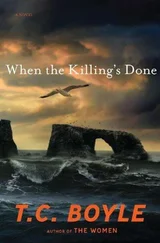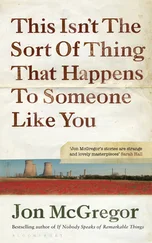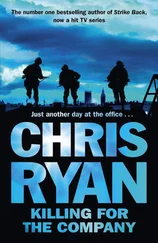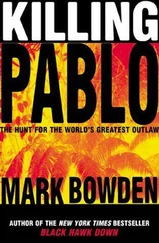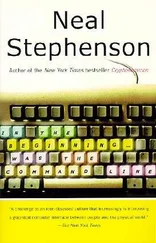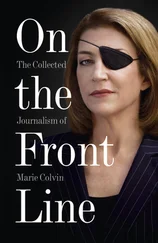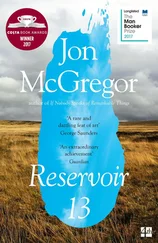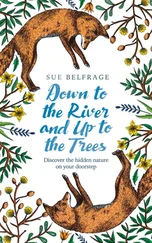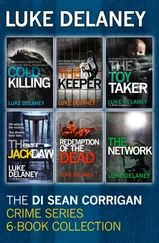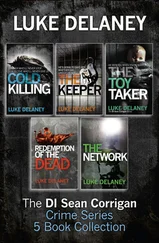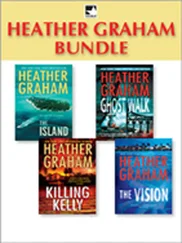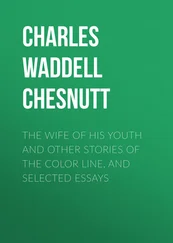Without doubt, the Donnellys were a tough bunch but perhaps no more vicious than any of the others. What made the difference was the newly arrived parish priest, Father John Connelly. Unfortunately the Donnelly’s rivals got to him first and convinced him the Donnellys were a menace to the town. With the priest’s guidance and blessing, the locals formed a crude alliance named the Biddulph Peace Society to “defend” against their enemies. As the feuding escalated, the men of the Peace Society decided they had had enough and reconnoitred at a small schoolhouse near their enemy’s farm to make plans. Drinking their courage up and blacking their faces with soot, they marched across a field and attacked the Donnellys under the cover of a cold February night. The violence that ensued was one of the most gruesome crimes in Canadian history and became the stuff of legend.
Secrets are hard to keep in a small community and tongues wagged and then an eyewitness appeared but in the end, the vigilantes got away with murder. Although charged with murder, the members of the Peace Society were acquitted in two separate trials. The surviving Donnellys eventually moved away and the whole sordid business was forgotten about. Taboo even, as local folklore held that simply mentioning the name ‘Donnelly’ ensured bad luck.
Over time, the story of the Black Donnellys became the stuff of popular folklore. Writer Thomas P. Kelley was the first to popularize the tale in print for the pulp market of the 1950’s with two novels, “The Black Donnellys” and “Vengeance of the Black Donnellys”. Other books followed, along with plays, documentaries and features on the History Channel. The best of the bunch are two non-fiction books by Donnelly historian Ray Fazakas, “The Donnelly Album” and “In Search of the Donnellys”. In 2007 NBC premiered a TV series called the “The Black Donnellys”, created by writer-director Paul Haggis (Crash, Million Dollar Baby). Born and raised in London, Ontario, (a short drive from Lucan) Haggis grew up hearing the legend of the Donnellys and re-imagined the tale for modern times.
Film work, in fact, was how I came across the story. Although I had heard the name Donnelly before, it wasn’t until talking to a film producer in 2006 that I delved into it. The producer had always wanted to do a project about the fabled murders and was looking for concepts on it. (I’ve since learned that almost every Canadian producer has a pet Donnelly project in their portfolio) At the time I was working with my screenwriting partner, Tyler Levine (awesome dude), and we brainstormed half a dozen pitches for a feature film based on the Donnelly massacre. One of the ideas I cooked up featured a long lost family member turning the site of the crime into a museum to agitate the locals. No one else liked that pitch but the idea got under my skin and wouldn’t let go. I eventually churned it out myself as a script that, while it was well received, never got off the ground. (Incidentally, after countless pitches and discussion, nothing ever materialized with that initial producer. Such is the way of movie-making.)
As I said, my book was ‘inspired by’ the Donnelly tale, not ‘based on’. A small distinction to be sure. The details are the same but I didn’t want to be hampered by facts, needing to fictionalize as the story demanded. But more than that, I didn’t want to stir any ill will. The families living in Lucan have been there for generations and they know the history. There are descendants of the Donnellys too, to consider. So boundaries were set and names were changed to suit this work of fiction. I have no wish to get the ‘haint’ put on me by any vengeful Irish ghosts.
Speaking of ghosts, if you ever visit the town of Lucan, you just might see one if you visit the Donnelly homestead on the Roman Line. Robert Salts lives in the house built overtop the original site and offers tours of the house and barn. Salts, a sensitive to the paranormal, has encountered the ghosts of the Donnellys many times and will gladly share his tales as he shows you around the site. You can book a tour through his site at The Donnelly Homestead Site Tour.
More information about the Donnellys can be found at The Official Donnelly Homepage
or by visiting the Lucan Area Heritage & Donnelly Museum
Huge thanks to Chris Szego for her editing skills in whipping this into shape. Thank you to Max Jänicke for his artwork and Rob Noel for his advice about farming in southwestern Ontario. And a big shout out to Joe Konrath for blazing a trail for me (like so many others) to follow.
Thank you for reading Killing Down the Roman Line . Word-of-mouth is crucial for any author to find readers. If you enjoyed this book, please consider leaving a review on Amazon. Even a few lines would make all the difference and would be much appreciated.
You can drop me a line at Ink Spatter
Or via twitter at twitter.com/TimMcGregor1
Tim McGregor is a novelist and screenwriter with three produced feature films, all of dubious quality. Although the last one did star Luke Perry. His first novel, Bad Wolf, is available as a Kindle book. Tim lives in Toronto with his wife and two children.
An excerpt from BAD WOLF
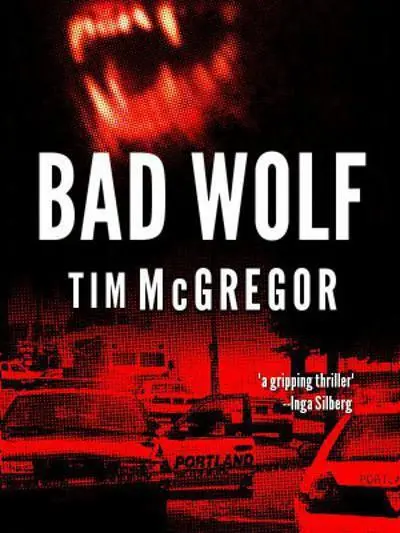
THE WOLF MOVED through the trees, nose to the ground. Down from the mountain and out of the primordial darkness of the forest, towards the lights of the city. It skulked through a hole in a fence, its heavy pads on the worn pavement. Past a leaning stack of pallets and into a lot that stank of gasoline and men. Jaundiced light beamed from the poles haloed in the light drizzle. The rain dampened the stink of the ground and turned it sour.
It kept to the shadows, winding through the yard to avoid the lights. It wasn‘t far now, the smell it was after. Prey. It caught the scent from a mile away and tracked it from the slope of the dead volcano down into the city.
It was close, the thing it tracked.
The dogs came after, a clumsy pack of pokey ribs and ravaged hide following the lead animal. A Rottweiler and three pit bulls, a Doberman and a sleek Siberian Husky. Others of no discernible breed and still more of such bastard mix they were barely dogs at all. Heads low and single file, the dogs followed the lobo‘s path step by step. The pack snorted and snuffed, sometimes snapping at one another but none barked, none made any unnecessary noise. When the hunt was on, they stifled the raw instinct to bark and ran silent. The lead animal taught them this and they had learned it the hard way. The pack was down in numbers because two ill-mixed breeds couldn‘t help themselves and barked on a hunt. The wolf killed them both, snapping their necks in its enormous maw. The troop was learning. Dogs barked, wolves did not.
They were hungry but the wolf had taught them how to hunt as a pack. First the small woodland animals darting across the forest floor and then bigger prey. At night, always at night. But this night was different and all to an animal knew it. The wolf hunted even bigger prey bigger this night. Something slow and stupid and easy to kill.
TWO BOYS AND A GUN. How many terrible nights have started this way? The gun was an old bolt action rifle. A 303 Enfield with a walnut stock and a battered scope. Lifted quietly from its dusty rack in Owen‘s grandfather‘s house in. Owen held the gun now, sliding the bolt forward to reveal the loading gate, showing it to the other boy.
“Just lemme shoot the fucking thing.” Justin was fifteen and impatient about all things. He drained his beer, also stolen from Owen‘s grandfather, and crushed the can.
Читать дальше


